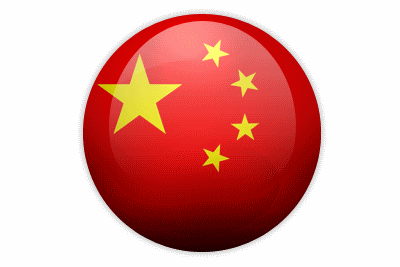The first article in our new series on pharmaceutical traceability initiatives around the world focuses on China, which is facing major changes.

About the market: China's pharmaceutical sector has seen phenomenal growth in recent years and despite an economic slowdown remains a key target market for international drug companies.
The market was valued at $109bn in 2015, according to market analysis firm BMI Research, and is predicted to grow almost 6 per cent in 2016 at a time when most established pharma markets are static. For overseas companies significant challenges balance the opportunities - China is a vast and heterogeneous market, and there is considerable complexity in the healthcare distribution system.
Medicine traceability system: China's electronic drug supervision system has been operational since 2010. Each pack of medicines included on the national essential drugs list is given a unique identity intended to allow it to be tracked through the supply chain from production through to dispensing or disposal. The CFDA extended the system to all pharmaceutical formulations marketed in China last year.
China opted for a 20-digit number, the Electronic Drug Monitoring Code or EDMC, for their serialisation effort, carried by a linear barcode. The 20 digits include a six-digit manufacturing code, a nine-digit serial number followed by four checking/encryption digits, and should be affixed to all product levels - unit, bundle, case and pallet - and aggregation is a regulatory requirement.
Serial numbers are supplied by a Chinese government system for use on packaging lines and there are transaction reporting requirements for all deployed numbers via a monitoring website. Consumers can verify product authenticity by entering the serial numbers in the national website or through a national hotline.
The system has come in for criticism for a number of reasons, including the use of a coding format that is not harmonised with traceability systems operating or in development in other countries, which on the whole have opted for GS1-compatible codes.
Manufacturers of imported drugs must also appoint a domestic company (pharma manufacturer, distributor or affiliate) to act as a local agent and coordinate with the regulatory authorities, increasing the complexity and cost of supply chain management for foreign drug producers.
The use of linear barcodes is seen as another limitation as they cannot be printed online in the required quality, size and speed on high-throughput packaging lines, requiring a two-stage production process involving the use of pre-printed packaging material.
Future developments: A major change to the status quo was signalled by the China Food and Drug Administration (CFDA) in February of this year when it announced the suspension of the current programme. Reports coming out of China pointed to discontent about the system, run by Alibaba subsidiary Ali Health. In particular some users were unhappy that barcode readers used by the platform could only be obtained from Alibaba.
Details of the new plans remain sketchy, however. In July, the CFDA published a notification that it intends to revise the national Pharmaceutical Quality Management Specification, indicating that traceability will become a central part of the quality management requirements for medicinal products.
While short on detail, the notice suggests that the pharma industry will need to implement systems to allow medicines to be traced back through the supply chain, tying in with the expectation that the Chinese government will be eliminated from the design and operation of medicines traceability, according to serialization expert Dirk Rodgers of Systech International.
For now, the recommendation is that companies continue to apply for and add serial numbers to their medicine packs - whilst waiting for further guidance from the Chinese authorities.
In the meantime, the promised reforms of the system raise the prospect of changes that could bring it closer in line with other serialization initiatives around the world, including the US and Europe which have opted for a GS1-compatible two-dimensional datamatrix barcode carrier.
There is also hope that the reforms would also allow pharma manufacturers to generate and upload codes, rather than having them allocated from a centralised source.
Timeline: As is often the case in China, there is no second-guessing when the new traceability system will be published, and the CFDA is immersed in wide-ranging reforms of its regulatory processes, including sweeping changes to Good Manufacturing Practices (GMP). We will publish an update to this article when new information is available.
Which country should we cover in our next serialization snapshot? You can let us know your thoughts here.
©
SecuringIndustry.com
 | back to top
| back to top





